How Contract Velocity Defines Market Agility in 2025
In 2025, business speed is no longer defined by technology alone-it’s measured by how quickly companies can make, execute, and renew agreements that move value.
This shift has turned contract velocity-the rate at which contracts progress from initiation to execution, into one of the most important indicators of market agility.
Contracts are no longer static records of transactions. They are living assets that connect strategy, revenue, and risk. The ability to move these agreements efficiently defines whether an organization can respond to opportunity or remain trapped in process bottlenecks.
In high-growth industries, the difference between winning a deal and losing it often comes down to how fast teams can align legal, finance, and sales decisions into a signed contract. As automation and AI reshape workflows, contract velocity has become not just a productivity metric-but a competitive advantage.
The New Language of Speed: Why Velocity Outranks Volume
For years, organizations measured success in contract lifecycle management through compliance, cost reduction, and volume. But in 2025, those measures alone no longer reflect success. What truly defines operational agility now is.webp?width=300&height=300&name=Untitled%20design%20(54).webp) the velocity of decision-making within the contracting process.
the velocity of decision-making within the contracting process.
Velocity as a business signal
Contract velocity isn’t about rushing. It’s about achieving strategic speed without compromising control.
Faster contracting reflects how well a company can align business intent with legal governance, using data-driven insights to make timely calls.
When contracts move faster through their lifecycle:
- Sales cycles shorten, increasing revenue realization.
- Procurement teams can onboard vendors at market pace.
- Legal departments shift from bottlenecks to enablers.
This new lens reframes contract management as a performance engine, not a compliance archive.
Real-time contracting becomes the norm
The rapid rise of cloud collaboration, remote teams, and AI-assisted authoring tools has transformed expectations. Stakeholders want contracts that move at the same speed as market decisions.
A delay of even a few days can translate into missed opportunities, lost partnerships, or exposure to outdated terms.
In 2025, high-performing organizations treat every contract as a living decision framework-one that must adapt dynamically to external changes such as pricing, regulation, and supply disruptions.
The faster those adjustments are formalized, the more agile the organization becomes.
Bottlenecks That Slow Market Response
If contract velocity defines agility, then bottlenecks define fragility.
Despite investments in digital tools, many enterprises still struggle to achieve end-to-end visibility and speed..webp?width=300&height=300&name=Untitled%20design%20(53).webp)
The legacy of fragmented systems
One of the primary obstacles to contract velocity is the fragmentation of contracting data across multiple systems.
Sales might use CRM software, procurement manages spreadsheets, and legal relies on isolated drives. The result: duplicate efforts, misplaced versions, and unclear accountability.
Each time a contract moves between these systems, time is lost — not due to poor effort, but due to lack of unification.
True velocity requires a single source of truth, where all stakeholders can access the latest document version, see audit trails, and approve in real time.
The hidden cost of manual approvals
Even as automation increases elsewhere, approvals often remain manual and sequential.
Legal reviews, risk assessments, and finance validations can stack up-turning what should be a one-day process into a multi-week waiting period.
These slowdowns erode competitive timing. In volatile markets, by the time a contract is ready, the pricing or risk profile may already have changed.
Organizations that continue to depend on email-based or paper-driven approval flows often find themselves outpaced by digitally fluent competitors.
Cultural inertia: The human side of slowness
Technology alone doesn’t slow contracts-culture does.
In many companies, legal teams are viewed as gatekeepers rather than partners. This leads to excessive caution and redundant reviews.
In 2025’s environment of rapid deal cycles, such cultures struggle to adapt.
Market agility requires a mindset shift from risk aversion to risk management-empowering teams to act within predefined guardrails instead of waiting for endless validations.
The organizations that recognize this are the ones that move faster, not because they skip steps, but because they trust their systems and data enough to act with confidence.
The Competitive Edge of High-Velocity Contracting
By 2025, contract velocity is no longer just about automation-it's about being smart.
New companies are redefining velocity with data transparency, AI-fueled workflow, and predictive insights that.webp?width=300&height=300&name=Untitled%20design%20(55).webp) predict risk before it occurs.
predict risk before it occurs.
AI-acceleration
Artificial intelligence has become the focal point of contract velocity optimization.
AI tools can:
- Suggest appropriate clauses based on contract type.
- Identify risk deviations in real-time.
- Recommend approval routes based on value and region.
- Predict negotiation bottlenecks by analyzing deal timeline history.
This creates an ecosystem of anticipatory contracting-one that learns and evolves to the speed of the organization.
Instead of allowing issues to develop, teams can predict delays and remove friction before it impacts outcomes.
Data visibility transforms decision-making
The key to speed is visibility. The moment that organizations can lay eyes on where a contract stands, who is handling it, and how long each stage will take, they possess the sight to facilitate ongoing improvement.
Dashboards now serve as performance mirrors-spotlighting bottlenecks and enabling benchmarking across departments or territories.
This kind of operational visibility does more than accelerate contracts-it raises internal accountability.
Predictive contracting: From reactive to anticipatory
The most reactive companies of 2025 are not just reacting to market changes-they anticipate them.
Using predictive analytics, they're able to decide which contracts are most likely to be held up, which renewals require renegotiation, and which provisions might have the potential to set off compliance issues with new legislation.
That information makes contracting a strategic asset once again.
Through the connection of contract details with financial, sales, and operations systems, organizations possess one view of how contracts impact revenue velocity and market resilience.
Velocity as a Measure of Trust and Governance
With faster contract cycles, governance becomes harder-and more critical.
Velocity without trust can lead to risk exposure; trust without velocity can produce stagnation. It is the balance(1).webp?width=300&height=300&name=Untitled%20design%20(43)(1).webp) which creates true market agility.
which creates true market agility.
The transparency paradox
High contract velocity requires total transparency across departments.
Everyone from sales to compliance needs to see the same data in real-time.
This visibility creates not only faster decisions but greater confidence in the system.
Leading firms in 2025 are finding that governance models need not be mutually exclusive with velocity if both are built on common metadata, standard templates, and electronic audit trails.
Defining Intelligent guardrails
Instead of manual policing, agile business uses intelligent guardrails.
These include pre-approved clause libraries, automated compliance checks, and AI-based alerts for non-standard terms.
These kinds of solutions allow business users to move with velocity within secure perimeters. The result is an empowered yet compliant contracting culture-a hallmark of modern governance.
The Market Impact of Contract Velocity
The effects of improved contract velocity are tangible across industries in 2025..webp?width=300&height=300&name=Untitled%20design%20(26).webp)
Revenue acceleration
Faster contracting directly translates to shorter sales cycles.
Deals close earlier, renewals happen on time, and cross-departmental dependencies reduce dramatically.
For many organizations, even a 10% increase in contract velocity can unlock millions in earlier revenue recognition.
Operational resilience
High-velocity contracting builds resilience by ensuring that obligations, renewals, and risk exposures are monitored in real time.
Teams can respond instantly to external triggers-from supply chain changes to regulatory updates-because their contracts remain accessible, searchable, and measurable.
Talent and collaboration benefits
Contract velocity isn’t just a systems upgrade-it’s a workforce enabler.
Employees spend less time chasing versions and more time focusing on strategic outcomes.
This empowerment improves morale, retention, and cross-departmental synergy.
In essence, contract velocity fuels not only market agility but also organizational clarity and confidence.
From Speed to Strategy: The 2025 Contracting Mindset
It won't be a matter of whether your company can automate contracts by 2025-but whether your contracts can-1.webp?width=300&height=300&name=Untitled%20design%20(14)-1.webp) evolve at the same speed as your business.
evolve at the same speed as your business.
Effective organizations are ones that treat contracts as strategic assets, not as administrative processes. They understand that every day of contracting lag is a day of market response, innovation, or customer satisfaction lag.
Velocity as a reflection of maturity
Contract velocity now measures the extent to which an organization's operating foundation is actually mature.
It measures the degree to which business, legal, and technology systems align.
Slower contracts typically reveal silos, legacy systems, or open-ended ownership-whereas fast, accurate contracts suggest cross-functional maturity.
The subtle role of digital CLM systems
While the marketplace offers many answers, the assumption does not alter: true agility requires visibility, automation, and trust.
Platforms that reconcile these pillars into one-bridging contract information, workflows, and analytics-give organizations the ability to respond to market forces in real-time.
Platforms like Dock 365, built on SharePoint and Microsoft 365 today, showcase how firms can maintain high contract speed without compromising governance.
By bringing together collaboration, analytics, and secure workflows, such platforms enable teams to translate speed into enduring strategy.
Conclusion
In business life in 2025, agility is no longer an abstract virtue-it's measurable in contract velocity.
The speed with which a firm can craft, negotiate, approve, and sign contracts indicates its capacity to transform, compete, and grow.
The market leaders are those that treat contracting as a living process-one that evolves with every contact, learns from data, and builds trust across the enterprise.
In that context, contract speed is the new language of market responsiveness-where the agility to go faster, smarter, and with integrity is driving not only operational achievement, but strategic resiliency.
Book a Live demo
Schedule a live demo of Dock 365's Contract Management Software instantly.
.jpg?width=1260&height=1205&name=Image%20(2).jpg)
Written by Fathima Henna M P
As a creative content writer, Fathima Henna crafts content that speaks, connects, and converts. She is a storyteller for brands, turning ideas into words that spark connection and inspire action. With a strong educational foundation in English Language and Literature and years of experience riding the wave of evolving marketing trends, she is interested in creating content for SaaS and IT platforms.


